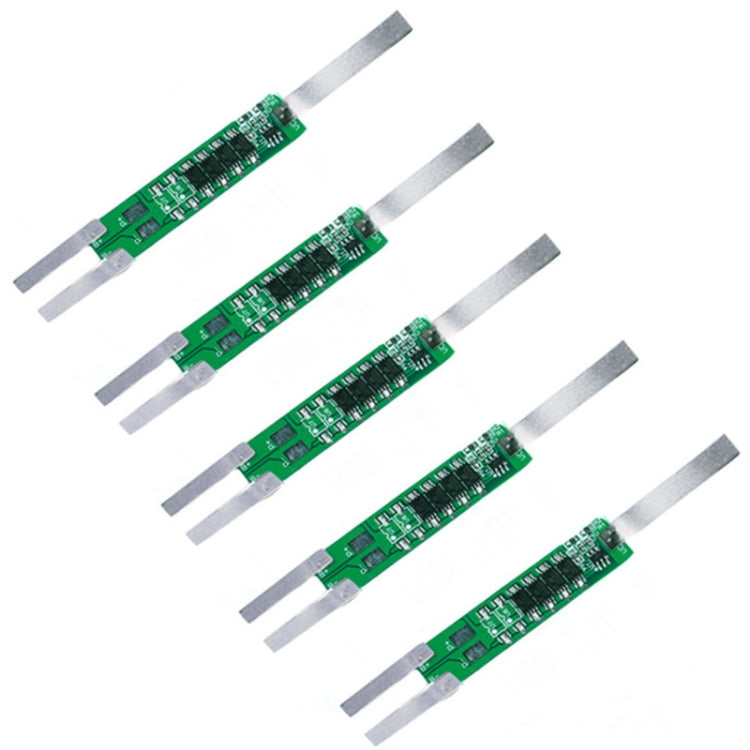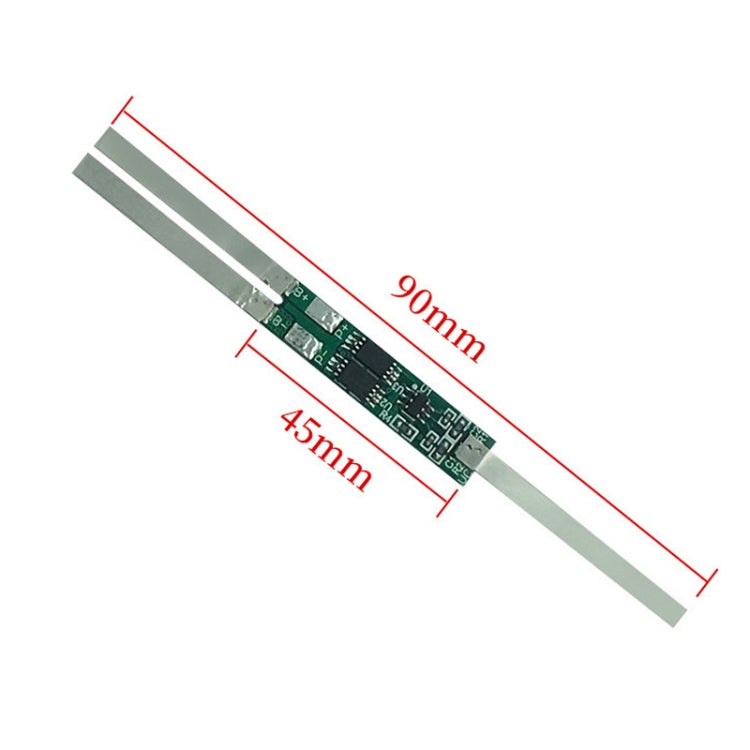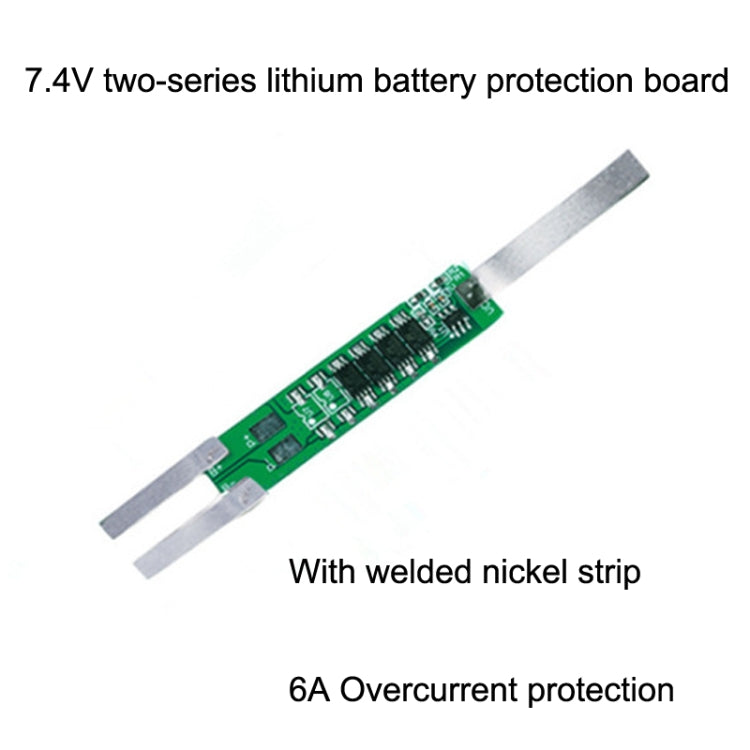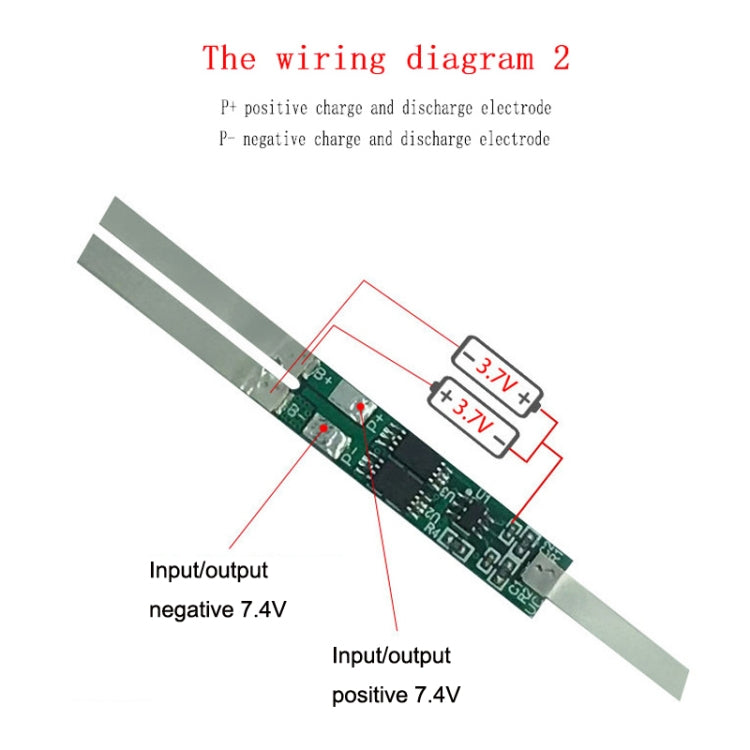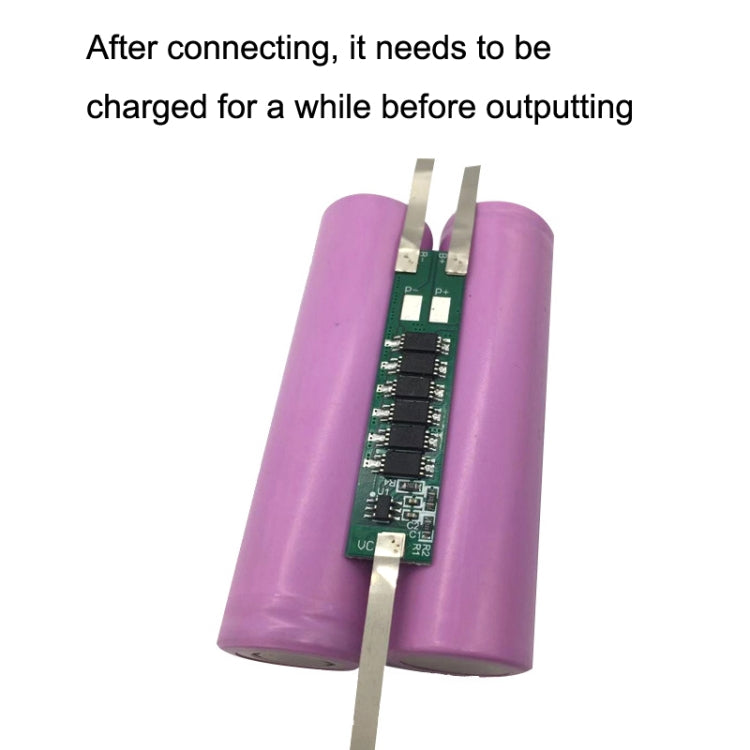buy2fix
5pcs 7.4V Plus Nickel Long Strip Lithium Battery Protection Board 6A Overcurrent Battery Protection Board(As Show)
5pcs 7.4V Plus Nickel Long Strip Lithium Battery Protection Board 6A Overcurrent Battery Protection Board(As Show)
Exclusive Deals End Soon!
Save 5% on 2+ Items • Save 10% 3+ Items • Save 15% on 10+ Items
Applies automatically in cart & checkout • No code needed
Estimated delivery:
Couldn't load pickup availability
Shipping Information
Shipping Information
FREE SHIPPING to UK & 40+ countries. Fully insured.
Delivery: Estimated times shown at checkout based on your location (typically 6-13 days total including 1-3 days handling)
No hidden fees on orders under £135 (orders over £135 may have import duties)
Ships from China via tracked DDP service. Order by 12 AM London time for next-day dispatch.
30-Day Money-Back Guarantee
30-Day Money-Back Guarantee
Return unused items within 30 days (you pay return shipping). Faulty items covered at no cost to you.
Right Part Guarantee
Right Part Guarantee
Get exactly what you ordered or your money back, including shipping. 30 days, no questions asked.
Hassle-Free Returns
Hassle-Free Returns
Start your return online in seconds. No forms, no hassle.
Trusted by 80,000+ DIY & repair professionals
Parameter:
1. After connecting, it needs to be charged for a while before outputting
2. Charging voltage: DC7.4V
3. Continuous discharge current: 6A
4. Overcharge detection voltage: 4.25V x 2
5. Overcharge detection delay time: 1S
6. Overcharge recovery voltage: 4.25V x 2
7. Over-discharge detection voltage: 2.3V--2.35V x 2
8. Over-discharge detection delay time: 100ms
9. Over-discharge recovery voltage: 3.0V x 2
10. Overcurrent detection voltage: 200mv
11. Overcurrent detection current: 6A
12. Overcurrent detection delay time: 10ms
13. Protection circuit (MOSPET): less than or equal to 60 megohms
14. Working temperature range: -40 to 85 degrees Celsius
15. Size: 90x45mm
Kind tips:
1. Because (lithium battery protection board) belongs to the particularity of semi-finished products in electronic products; be sure to understand the wiring diagram before assembly; avoid wrong wiring
2. Incorrect wiring or unintentional contact of wire ends with components may cause damage
Guaranteed fit for your device. Wrong part? Full refund including shipping.
Share
